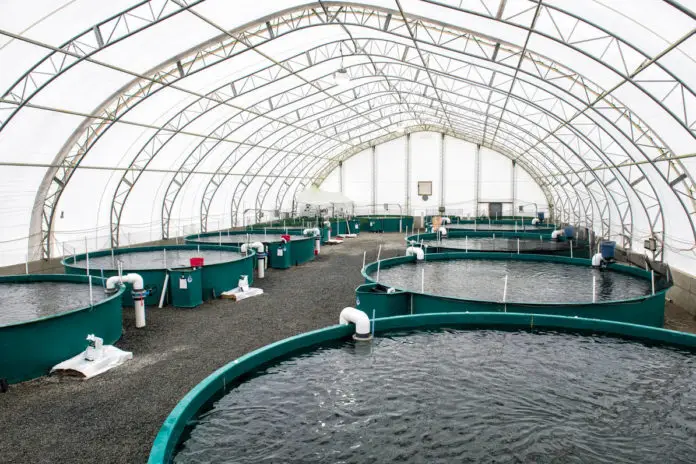
Analysis of pharmaceuticals used for farmed fish in 2009 did not reveal residues of illegally used pharmaceuticals, or levels of legally used pharmaceuticals above the set limits. The surveillance therefore shows that the use of pharmaceuticals for fish farming has not affected seafood safety
The use of pharmaceuticals for fish farming
The statistics of pharmaceuticals used for fish farming during 2009, was recently published by the National Institute of Public Health (www.fhi.no, only in Norwegian). This statistics shows a weak increase in the use of pharmaceuticals against bacterial infections, while the amount of agents used for fungal infections and internal parasites is somewhat decreased, compared to last year . The statistics also shows an increase is in the use of delousing agents, where the amounts used in 2009 was over 5 tonnes (calculated as active component). Of the delousing agents, azametifos, diflubenzuron and teflubenzuron which are used in largest amounts. In addition, hydrogenperoxide is used to remove louse from fish. All substances are approved for use in farming.
Analysis of pharmaceuticals in fish
In 2009 NIFES analysed around 9000 samples from fish for a variety of different substances. For delousing agents, 725 fish was analysed, and 145 fish was examined for residues of diflubenzuron and teflubenzuron. The surveillance did not reveal any use of illegal substances or residues of legally used substances above the internationally set limits. Therefore, the use of pharmaceuticals for farmed fish did not affect seafood safety, even though the use of some pharmaceuticals was higher in 2009 than in 2008 .
Surveillance system for pharmaceuticals
In the interest of maintaining food safety, farmed fish for consumption is analysed for pharmaceuticals, both legally used pharmaceuticals and illegal substances. Norway has a surveillance system according to international legislation, initiated in accordance with the EU-directive 96/23 for the surveillance of foods of animal origin, including farmed fish. The system include registration of prescriptions for pharmaceuticals used for animals, establishing withdrawal periods to ensure that fish is only slaughtered after a preset time after medication and analytical examination of fish for residues of pharmaceuticals. The number of samples which should be analysed is determined by the production volume of farmed fish as well as the use of pharmaceuticals. The Norwegian Food Safety Authority is responsible for implementing the directive in Norway and NIFES performs the chemical analyses and risk assessment. The system is monitored on a regular basis by the EFTA Surveillance Authority (ESA). The results from the surveillance program is published in publicly available reports on http://www.nifes.no/.
Contact:
Bjørn Tore Lunestad
Phone: +47 975 96 245
E-mail: blu@nifes.no
Additional reading:
Delousing agents in fish farming and seafood safety
Report 2008: Analyses of residues of therapeutic agents, illegal substances and pollutants in farmed fish




























